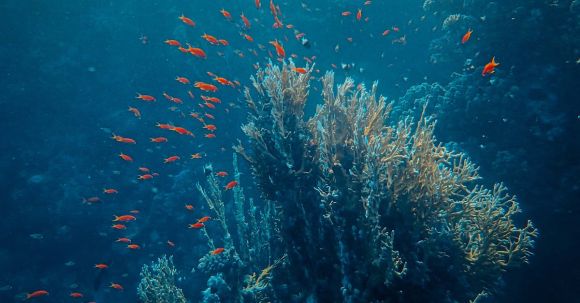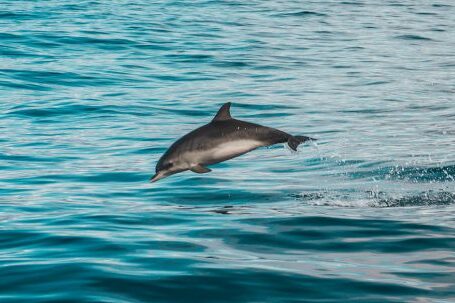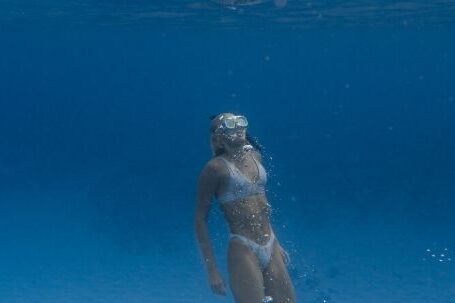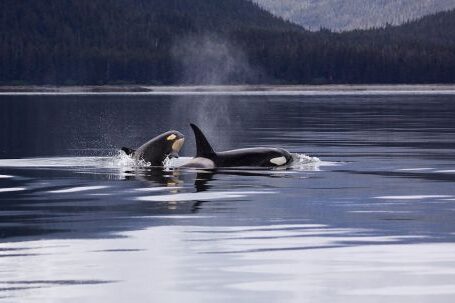Capturing the intricate details of the underwater world through macro photography can be a rewarding and challenging endeavor. With the right techniques and equipment, you can bring to life the mesmerizing beauty that lies beneath the surface. In this article, we will explore the art of macro photography underwater and provide you with valuable tips to help you master this fascinating genre of photography.
Understanding Macro Photography Underwater
Macro photography underwater involves capturing small subjects in close-up detail, revealing the intricate patterns, textures, and colors that are often overlooked by the naked eye. This genre of photography offers a unique perspective on the underwater world, allowing you to discover the hidden beauty that surrounds us.
Equipment for Macro Photography Underwater
To get started with macro photography underwater, you will need a few essential pieces of equipment. Firstly, a reliable underwater housing for your camera is crucial to protect it from water damage. Additionally, a macro lens with a focal length of 60mm to 105mm is ideal for capturing fine details and achieving a shallow depth of field. A strobe or underwater flash is also necessary to illuminate your subject and eliminate any color loss due to water absorption.
Mastering Focus and Depth of Field
Achieving sharp focus and controlling depth of field are fundamental aspects of macro photography underwater. It is essential to focus precisely on the subject’s eye or the most critical point of interest to create a visually engaging image. Using a smaller aperture, such as f/16 or f/22, will increase the depth of field and ensure that more of your subject is in focus. However, be mindful of the potential loss of sharpness caused by diffraction at smaller apertures.
Composition and Lighting
Composition plays a crucial role in macro photography underwater. Pay attention to the placement of your subject within the frame, using the rule of thirds or other compositional techniques to create a visually pleasing image. Experiment with different angles and perspectives to capture unique and compelling shots.
Proper lighting is essential when shooting macro underwater. Position your strobes or underwater flash to create the desired lighting effect, avoiding harsh shadows and overexposure. Backlighting can add a beautiful glow to translucent subjects, while side lighting can emphasize textures and details.
Patience and Persistence
Macro photography underwater requires patience and persistence. Take the time to observe your subjects and anticipate their behavior. A calm and steady approach will allow you to capture the perfect moment. Remember, underwater creatures are delicate and should be treated with care. Avoid disturbing their natural habitat and ensure you are aware of any potential risks to yourself and the environment.
Post-processing Techniques
Post-processing is an integral part of macro photography underwater. Enhancing colors, adjusting contrast, and sharpening details can greatly enhance the final image. Use editing software such as Adobe Lightroom or Photoshop to fine-tune your photographs, but be mindful not to overdo the adjustments. The goal is to create a realistic representation of the underwater world while maintaining the integrity of the image.
Conclusion
Macro photography underwater offers a unique perspective on the intricate beauty that lies beneath the surface. With the right equipment, techniques, and a patient approach, you can master this art form and capture stunning images that showcase the hidden wonders of the underwater world. Remember to experiment, be creative, and most importantly, enjoy the process of discovering the enchanting world of macro photography underwater.





